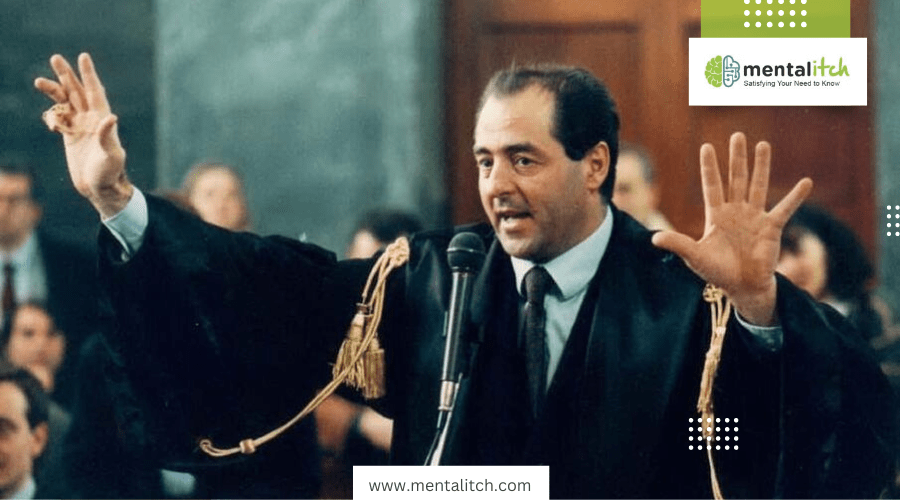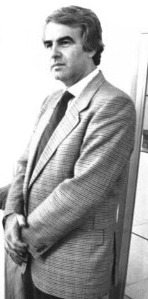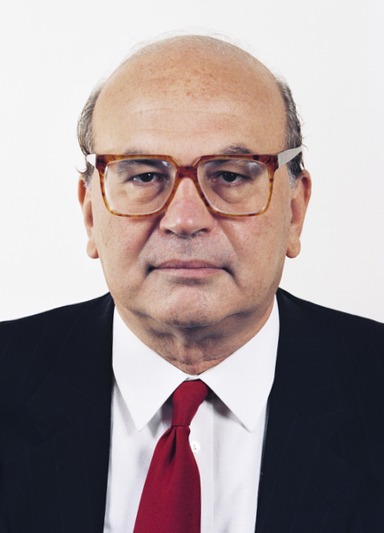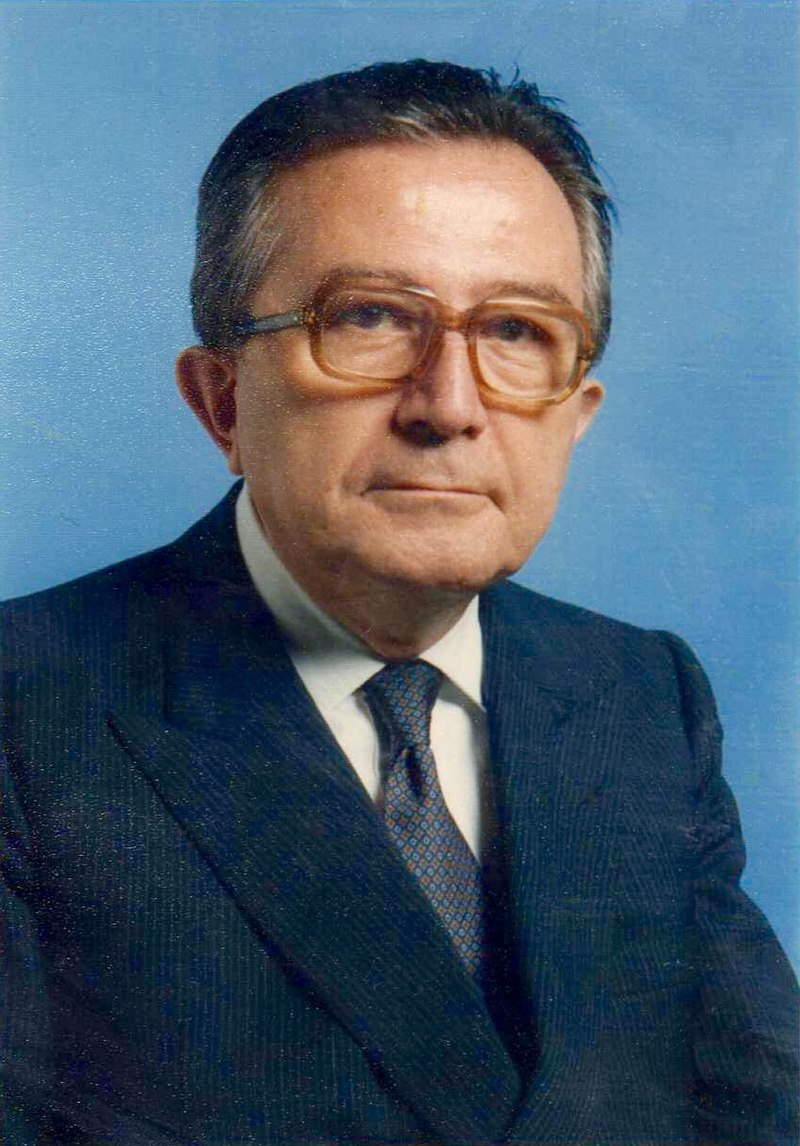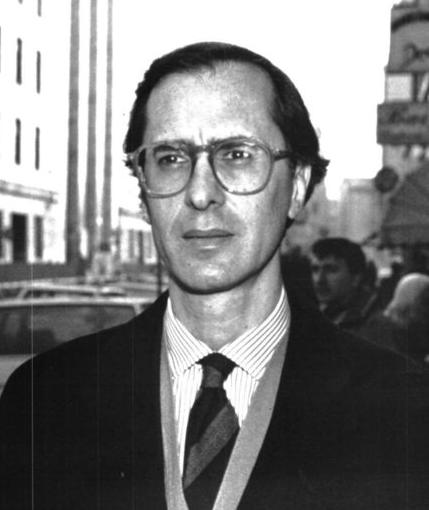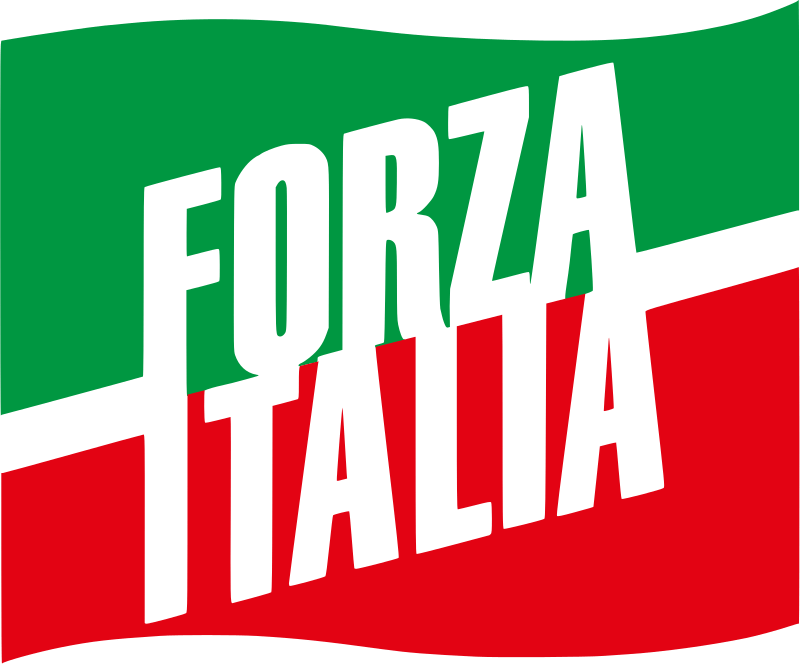The “Mani Pulite” (“Clean Hands”) investigations in the early 1990s exposed the massive Tangentopoli (“Bribesville”) scandal, starting with the 1992 arrest of Socialist Party official Mario Chiesa by magistrate Antonio Di Pietro. This arrest triggered a series of confessions, revealing widespread bribery and corruption involving hundreds of officials and companies, including senior members of the Christian Democrats and Socialists.
The scandal triggered widespread demonstrations and calls for reform. Citizens were angered by the widespread corruption in Italian politics, prompting massive rallies demanding responsibility and openness. These rallies were a potent force for change, compelling politicians to undertake comprehensive changes aimed at eradicating corruption and restoring trust in the democratic process.
Political Climate Pre-Scandal
Before Tangentopoli, a few powerful parties, notably the Socialist Party and Christian Democrats, dominated Italian politics, controlling government structures and policymaking. These parties often excluded smaller or newer movements from coalitions and were deeply entrenched in corruption, routinely exchanging bribes and kickbacks for political roles and government contracts. This pervasive corruption spanned all levels of government, eroding public trust in officials’ integrity and normalizing the link between political power and graft.
The Unfolding of the Scandal
The Mani Pulite investigation began in Milan in 1992 under magistrate Antonio Di Pietro. The investigation aimed to expose and eliminate pervasive corruption in Italian politics and industry. It started with the arrest of Mario Chiesa, a minor Socialist Party politician, for taking a bribe from a cleaning company. Chiesa’s cooperation sparked a series of confessions and arrests, revealing a huge bribery network that ultimately changed Italy’s political landscape.
Key Events and Timeline
| Date | Event |
| February 1992 | Arrest of Mario Chiesa, a Socialist Party official, for accepting a bribe from a cleaning company. |
| 1992 | “Mani Pulite” (Clean Hands) investigation begins, led by magistrate Antonio Di Pietro in Milan. |
| 1992-1993 | Investigation expands, involving many politicians from major parties, including Christian Democrats and Socialists. |
| 1993 | Former Prime Minister Bettino Craxi is indicted for accepting payments exceeding 700 million lire. |
| 1993 | Craxi flees to Tunisia to evade prosecution. |
| Mid-1990s | Ongoing investigations reveal additional cases of corruption, leading to numerous arrests and confessions. |
| 1994 | The collapse of Italy’s postwar political system and the dissolution of several major parties. |
| 1994 | Election of Silvio Berlusconi, founder of Forza Italia, as a new political leader amidst the political vacuum. |
| Mid-1990s | Significant political reforms are enacted, aiming to eliminate graft and improve transparency. |
This table outlines the main events and their chronological order during the Tangentopoli scandal.
Investigative Techniques
Prosecutors used the arrest of minor officials, such as Mario Chiesa, to pressure larger investigations into the Tangentopoli corruption networks. Extensive interrogation and plea bargaining sessions resulted in numerous confessions. Wiretaps and monitoring revealed bribery-related communications and transactions, while financial audits uncovered illicit funds. Collaboration with banks yielded critical records, and whistleblowers provided insider information.
International cooperation helped track finances and secure foreign evidence. These tactics dismantled corruption networks and led to the indictment of numerous high-profile individuals. Investigative techniques used included:
- Arrest of minor officials to pressure larger investigations
- Extensive interrogation sessions
- Plea bargaining sessions
- Wiretaps and monitoring of communications
- Financial audits to uncover illicit funds
- Collaboration with banks for critical records
- Whistleblower-provided insider information
- International cooperation to track finances and secure foreign evidence
Key Figures Involved
The scandal implicated numerous high-profile individuals, each playing significant roles in Italian politics and industry:
Mario Chiesa: The minor Socialist Party official arrested for receiving a bribe from a cleaning company prompted the Mani Pulite probe. His cooperation with investigators led to countless further admissions and arrests, positioning him as a key figure in the scandal’s unfolding.
Bettino Craxi: Craxi, the leader of the Italian Socialist Party (PSI) and a former Prime Minister, was among the most famous figures accused of corruption. He fled to Tunisia in 1994 to evade prosecution.
Silvio Berlusconi: A media mogul and the founder of Forza Italia, Berlusconi used the political void to launch his career, positioning himself as an alternative to the corrupt old guard. Despite his anti-corruption stance, Berlusconi was eventually charged with bribery, tax fraud, and embezzlement.
Giulio Andreotti: A seven-time Prime Minister and leader of the Christian Democratic Party (DC), Andreotti was implicated in the scandal. Although acquitted of Tangentopoli-related corruption charges, his reputation suffered significantly.
Paolo Cirino Pomicino: A prominent Christian Democrat and Minister of Budget, Pomicino faced charges of corruption and illicit party fundraising, resulting in a prison sentence.
Arnaldo Forlani: A prominent Christian Democrat and former Prime Minister, Forlani faced charges of corruption and illegal party finance, leading to a suspended sentence.
Sergio Cusani: An Italian businessman key to the scandal, Cusani’s trial involving the Enimont merger case exposed massive corruption among prominent politicians and corporate elites, resulting in significant reforms.
Prosecutors and Judges
A group of motivated individuals in the Italian legal system, including Antonio Di Pietro, propelled the Tangentopoli scandal. Di Pietro’s relentless pursuit of justice and commitment to eradicating corruption made him a formidable force in exposing the wrongdoing that plagued Italian politics and industry.
Along with Di Pietro, other key participants included magistrates Ilda Boccassini and Gherardo Colombo, who worked tirelessly to uncover the complex network of bribes and kickbacks. Their dedication to upholding the rule of law and holding powerful individuals accountable transformed Italy’s legal landscape and had a lasting impact on the country’s fight against corruption.
The Charges
Corruption and Bribery
The scandal exposed widespread bribery and corruption in Italian politics and industry, with officials and businessmen paying illegal bribes for political favors and public contracts. This fostered a culture of favoritism and cronyism, with payments from building projects and government contracts eroding democratic institutions and impeding economic growth.
Political Financing
Political parties and campaigns received illicit funds from bribery and corruption through direct contributions, event sponsorship, media coverage, and money laundering through offshore accounts or shell corporations.
Public Works and Contracts
During the Tangentopoli scandal, public funds were embezzled through bid rigging, inflating project costs, and false invoicing. Contractors and officials swapped kickbacks for awarding contracts or overlooking anomalies, weakening institutional trust and impeding socioeconomic progress.
Impact on Italian Politics
Extensive corruption among major political parties such as the Christian Democrats (DC) and the Italian Socialist Party (PSI), was exposed and ultimately lead to their demise. Evidence of high-level officials accepting bribes damaged public trust, resulting in widespread resignations, defections, and internal strife. Unable to withstand the scandal’s aftermath, both parties split, changing Italy’s political scene and clearing the path for new groups to arise.
Emergence of New Political Movements
Following the Tangentopoli scandal, new political formations, like Forza Italia, led by Silvio Berlusconi, emerged. With traditional parties tarnished by corruption, Berlusconi seized the opportunity to pitch himself as a new alternative. Using his media empire, he soon gained traction and became a major player in Italian politics, promising to clean up corruption and bring new leadership.
Long-term Political Reforms
Electoral reforms were also implemented including a mixed-member proportional representation system, with the goal of diminishing the authority of conventional parties and improving transparency. Italy implemented stricter campaign financing restrictions to improve accountability and established anti-corruption agencies and court reforms to more efficiently pursue graft, resulting in a more transparent political landscape.
Trust in Institutions
The Tangentopoli scandal resulted in a dramatic fall in public trust in Italy’s political institutions and judicial system. Widespread corruption disclosures damaged trust in elected politicians and regulatory entities, instilling severe distrust among citizens. The perception of a lack of accountability weakened trust in the judiciary’s ability to uphold justice, creating a trail of mistrust and underscoring the need for immediate reforms to restore trust.
Conclusion
The scandal was a watershed moment in Italian history, exposing the widespread corruption that had reached the highest echelons of government and industry. It sparked enormous public indignation, massive protests, and calls for reform, eventually resulting in the demise of major political parties and important legislative and electoral reforms.
Tangentopoli’s impact includes a more fractured political scene, more scrutiny of governance processes, and continuous measures to eliminate corruption and regain public trust. It serves as a sharp reminder of the significance of openness, accountability, and ethical leadership in building a strong and resilient democracy.
